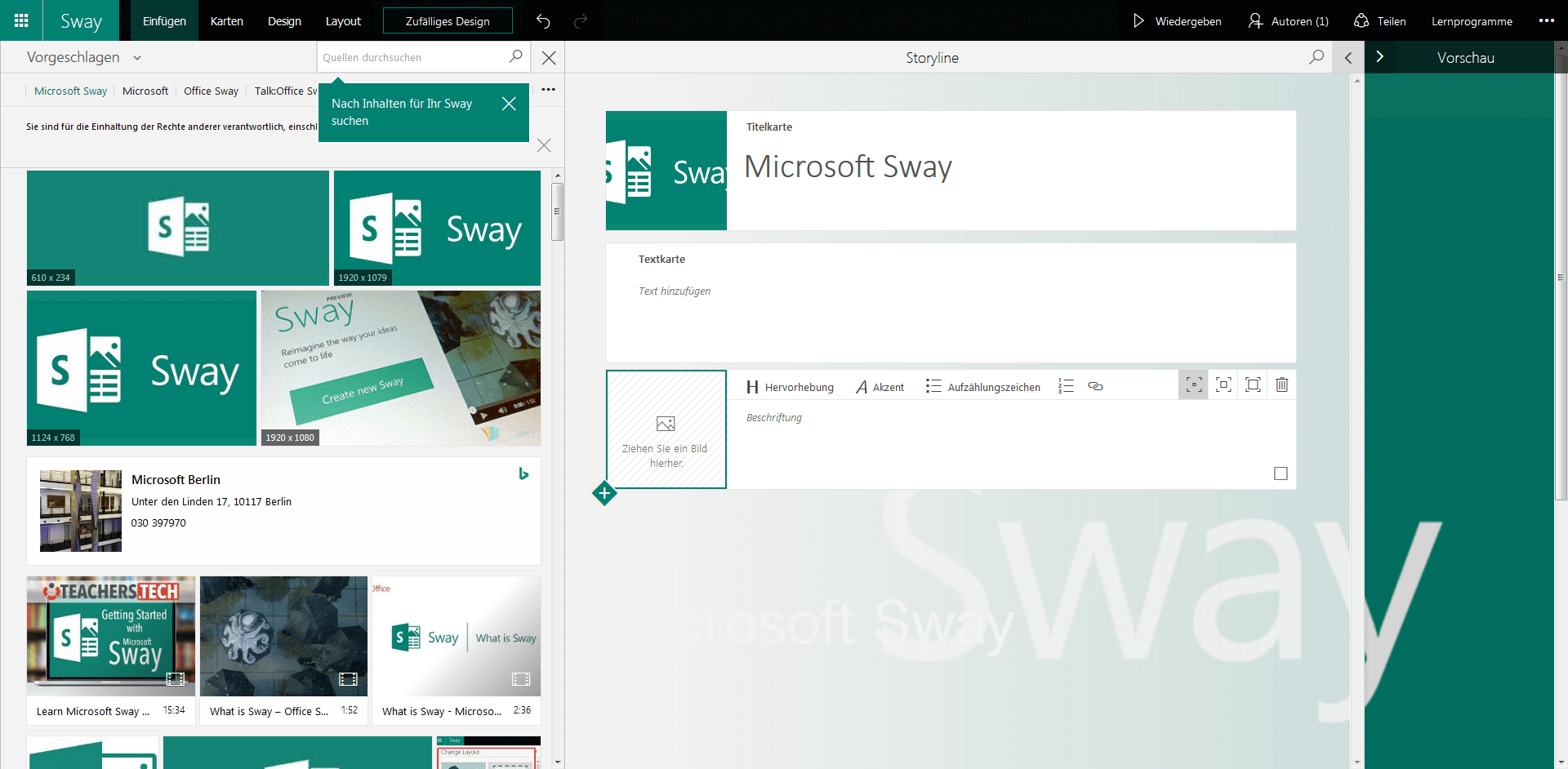
MICROSOFT SWAY APP WAS IST DAS SINNVOLL HOW TO
How to have an informed conversation about climate change. Because every plan to achieve anything starts with a realistic assessment of the barriers that stand in your way, in chapter 2 we’ll take a moment to consider the challenges we’re up against. The bad news: Getting to zero will be really hard. Why zero? In chapter 1, I’ll explain more about why we need to get to zero, including what we know (and what we don’t) about how rising temperatures will affect people around the world.
MICROSOFT SWAY APP WAS IST DAS SINNVOLL SERIES
This book suggests a way forward, a series of steps we can take to give ourselves the best chance to avoid a climate disaster. Setting a goal to only reduce our emissions-but not eliminate them-won’t do it. The case for zero was, and is, rock solid. And we need to create and roll out breakthrough technologies that can take us the rest of the way.We need to deploy the tools we already have, like solar and wind, faster and smarter.

To avoid a climate disaster, we have to get to zero greenhouse gas emissions.Within a few years, I had become convinced of three things: It wasn’t enough to deliver cheap, reliable energy for the poor.

The world needs to provide more energy so the poorest can thrive, but we need to provide that energy without releasing any more greenhouse gases. I went back to the group several times with follow-up questions. And it was hard to accept that as long as humans kept emitting any amount of greenhouse gases, temperatures would keep going up. I knew that greenhouse gases were making the temperature rise, but I had assumed that there were cyclical variations or other factors that would naturally prevent a true climate disaster. They brought along two climate scientists who were well versed in the issues, and the four of them showed me the data connecting greenhouse gas emissions to climate change. In late 2006 I met with two former Microsoft colleagues who were starting nonprofits focused on energy and climate. It didn’t make sense for our foundation to take on this huge problem-we needed it to stay focused on its core mission-but I started kicking around ideas with some inventor friends of mine. (The picture has improved a bit since then today roughly 860 million people don’t have electricity.) I began to think about how the world could make energy affordable and reliable for the poor. I learned that about a billion people didn’t have reliable access to electricity and that half of them lived in sub-Saharan Africa. I would fly into major cities, look out the window, and think, Why is it so dark out there? Where are all the lights I’d see if this were New York, Paris, or Beijing? In the early 2000s, when our foundation was just starting out, I began traveling to low-income countries in sub-Saharan Africa and South Asia so I could learn more about child mortality, HIV, and the other big problems we were working on. I came to focus on climate change in an indirect way-through the problem of energy poverty. My background is in software, not climate science, and these days my full-time job is working with my wife, Melinda, at the Gates Foundation, where we are super-focused on global health, development, and U.S. Two decades ago, I would never have predicted that one day I would be talking in public about climate change, much less writing a book about it.

I hope you’ll check out the book, but much more important, I hope you’ll do what you can to help us keep the planet livable for generations to come.Įxcerpt from How to Avoid a Climate Disaster Over the coming weeks and months, we’ll be turning the ideas in my book into action and trying to turn this plan into reality.īelow is an excerpt from the introduction, which gives you a sense of what the book is about and how I came to write it. We’ll be supporting great thinkers and cutting-edge technologies and businesses, as well as pushing for public- and private-sector policies that will speed up the clean energy transition. The effort I founded called Breakthrough Energy, which started with a venture fund to invest in promising clean energy companies, has expanded to a network of philanthropic programs, investment funds, and advocacy efforts to accelerate energy innovation at every step. I also included ways in which everyone can contribute-whether you’re a political leader, an entrepreneur, an inventor, a voter, or an individual who wants to know how you can help. I didn’t assume that readers know anything about energy or climate change, though if you do, I hope it will deepen your understanding of this incredibly complex topic. I kept the jargon to a minimum because I wanted the book to be accessible to everyone who cares about this issue.


 0 kommentar(er)
0 kommentar(er)
